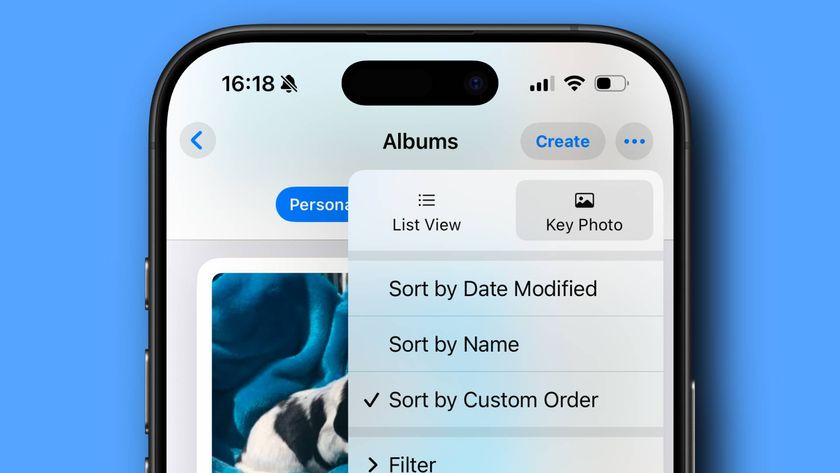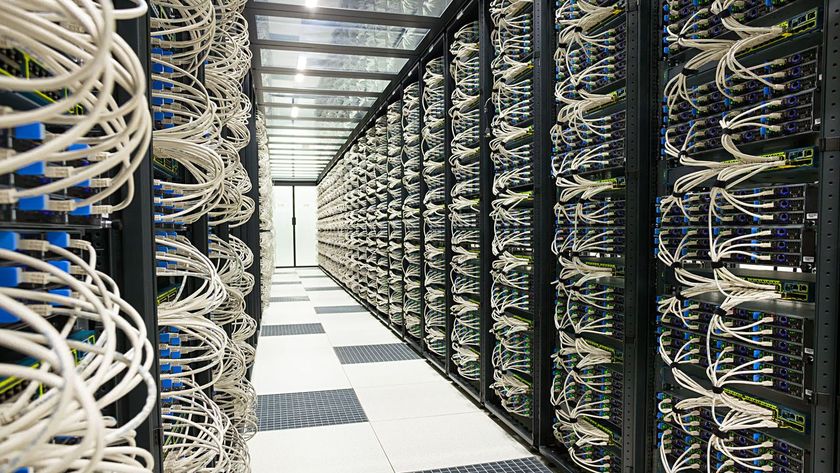How the cloud has transformed vendor business models
Subscription services rule
This is partly a question of economics and partly a question of longevity and success. If you think about it in the old world, if I bought software, I paid a significant license fee up front, which is a fairly significant proportion of the lifetime value. Annually as long as I kept that software, I paid a maintenance agreement.
As a provider of that software, a lot of that financial value, I gained up front. As a cloud provider I don't see that up front investment, what I see is the investment over time and normally to drive true customer lifetime value, it is going to take a number of years to get a real return on investment.
Therefore the dynamics change fundamentally. In the cloud world, I now have to think about that customers lifecycle value. I also have to think about what I need to do to make sure that customer stays with me over a protracted period of time.
That means I have to be much more focused when it comes to customer engagement. I have to be much more focused on understanding what my service provides to my customer and how they value that.
If I don't understand those things, I put myself in the position where the customer has the opportunity to switch much more quickly and at a much lower cost than would have traditionally been possible.
This also explains the emergence of the "customer success" function in cloud and subscription vendors' businesses; the economic model of the one-time, high value, big Capex-spend sale simply does not work any more. For both vendors and customers, this is a major readjustment with significant business consequences.
In this new world of the subscription economy and cloud based businesses, customer retention is the fundamental issue.
Are you a pro? Subscribe to our newsletter
Sign up to the TechRadar Pro newsletter to get all the top news, opinion, features and guidance your business needs to succeed!
TRP: Why is vendor lock-in is becoming a thing of the past? What does that mean for the industry as a whole?
MM: From the end user perspective, it gives them much more freedom and much more choice in terms of the technologies they want to deploy in their organisation.
There would have been time where vendor lock-in was predominant. It was based on the fact that you paid for a technology stack, which was integrated, based on a number of technologies and applications and therefore, that in itself created a lock-in.
If I were buying a major ERP application in the past, I would have to invest a significant amount of money into that investment. I would then immediately have a vested interest in ensuring its success, which in itself, created another form of lock-in.
Where that has changed and why that has become a thing of the past is because I can now subscribe to any number of services, most of which I can actually try before I buy. Therefore I immediately get a better understanding of the business value it will bring to my organisation.
Ultimately, if I invest in a cloud subscription based business, and over time I find that it is no longer meeting my requirements and needs, the ability to swap out is much less impactful.
This is down to two reasons. Reason number one being that I haven't had to invest in the infrastructure. Reason number two is that it's subscription based, so I am not incurring a huge capital outlay at the beginning of the lifecycle.
With the speed of change in technology, I can be sure that the cloud technology I buy today will be commoditised within around three years. Therefore the ability to switch quickly, efficiently and effectively is a powerful incentive for me as a business.

Désiré has been musing and writing about technology during a career spanning four decades. He dabbled in website builders and web hosting when DHTML and frames were in vogue and started narrating about the impact of technology on society just before the start of the Y2K hysteria at the turn of the last millennium.











